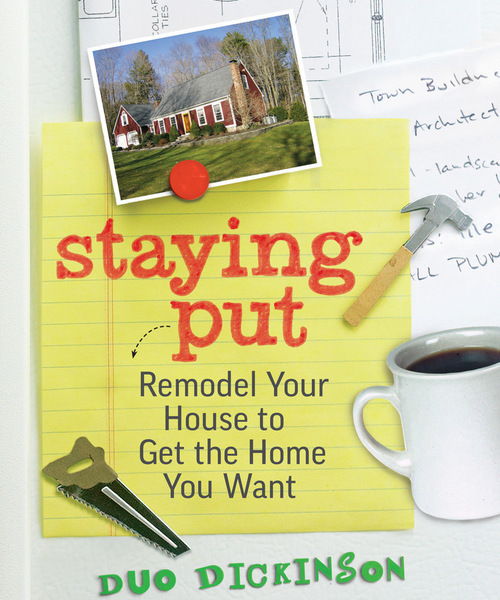Fall Perspectives 2018: Our Pledge To You

Change is afoot. We suppose it always is, but doesn’t it all seem to come at us so much faster in today’s world? We see change all around us. Just consider, for a moment, how much technology has changed our lives thanks to innovators like Uber, Google, and Apple, to name a few. Technology has also changed the way we do real estate.
The real estate world is a complex environment that most of us only travel once every 10 years. This infrequency, coupled with the ever-changing laws and emotional toll, makes it very hard for most of us to navigate. That’s why we rely on a professional. Even those of us who live and breathe real estate every day use a Windermere agent to conduct our personal transactions.
Thanks to technology, certain aspects of the real estate process that were once difficult are now very easy, like searching for a home. Within minutes of a property being listed, it’s fed to websites all over the world for potential buyers to see. Information about neighborhoods, schools, and home values are also readily available online to help buyers make smart decisions.
There’s no doubt that real estate will continue to benefit from technology, but we’re concerned about the companies that are beginning to look at consumers less as people and more as data that can be generated and shared for monetary gain.
At Windermere, our agents don’t treat their clients like data points being fed into an algorithm; they know them on a personal level. They help buyers make one of the biggest financial and emotional decisions of their lives. They help sellers understand the nuances of the market so they can get top dollar for their home. They are experts in neighborhoods, market trends, contracts, and negotiations. They treat their clients with respect and compassion. And they care deeply about their local community.
As the saying goes, the more things change, the more they stay the same. Real estate is the perfect example of that. Technology will continue to change and improve how people buy and sell homes, but our pledge to you is that it will never replace what has always mattered most to us: relationships.
– OB JACOBI, JILL JACOBI WOOD, AND GEOFF WOOD
 Facebook
Facebook
 Twitter
Twitter
 Pinterest
Pinterest
 Copy Link
Copy Link








